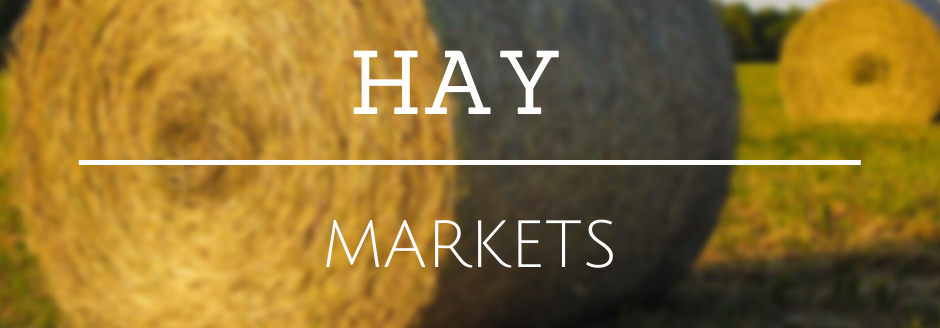Something to keep in mind as we go into another hay storage season is keeping an eye on the temperature of your haystack. With a particularly wet 2023 hay season it is possible that hay didn’t get baled at optimal moisture to prevent microbial activity and respiration leading to the warming of bales and potentially a hay fire.
Hay that is baled above 20% moisture without using a preservative is generally at greater risk for fire and the critical moisture content for large bales is even lower. As hay is cut, dried, and baled it continues to respire—meaning the forage is still releasing carbon dioxide into the atmosphere or air.
Microorganisms present in baled hay have an ideal environment for multiplying. These processes generate heat, and given the right conditions, reach a temperature high enough for combustion.
Temperatures in stored hay can begin to rise 3 to 4 weeks after hay has been baled and stacked.
This is when temperature monitoring should begin. Several methods are available for checking the temperature of stored hay. Commercial thermal cameras or guns may be available through your local fire department. Temperature and moisture can also be purchased for this purpose and will need to be left in the bale for 10 to 15 minutes in order to get an accurate reading.
Because these probes are usually only 20-inches long and the highest temperatures may be deep within a haystack, the thermometer can be lowered on a string into a pipe that has small holes drilled in it and has been inserted into the middle of the stack. An accurate reading can be obtained after 15 minutes using this method. If no thermometers are available, a three-eighths-inch iron pipe can be driven into the haystack. The pipe should be left in the haystack for 20 minutes and then removed. If the pipe is hot to the touch after removal, this means there is a problem.
Recommended temperatures and corresponding actions:
• 125 degrees F – No action needed
• 150 degrees F – Temperatures are rising and should be checked twice daily. If possible stacked hay should be taken apart to allow more air flow.
• 160 degrees F – Temperatures are continuing to rise and should be checked every two hours. Stacked hay should be taken apart.
• 175 degrees F – Hot spots or fire pockets are likely. If possible, stop all air movement around the hay and alert the fire service of a possible hay fire incident.
• 190 degrees F – Remove hot hay with the assistance of the fire service. Be prepared for hay to burst into flames as it comes into contact with fresh air.
• 200 degrees F – Fire will most likely occur. Remove hot hay only with assistance of the fire service.
As always, if accessing a haystack from the top, follow general safety precautions and use planks across the top of the bales so that the weight of the person is distributed. Cavities can occur in burnt out hay and cause a greater risk of falling.


